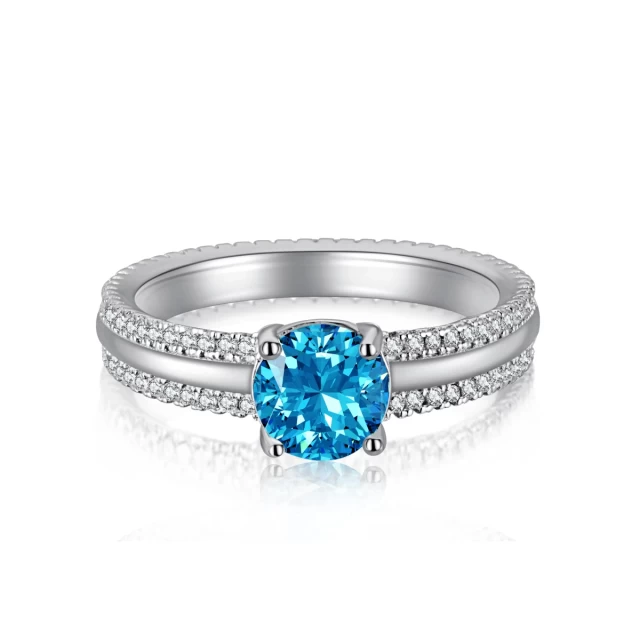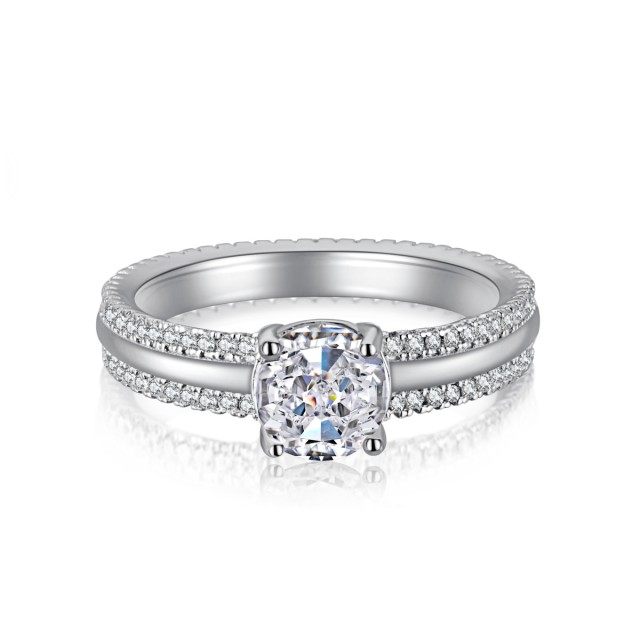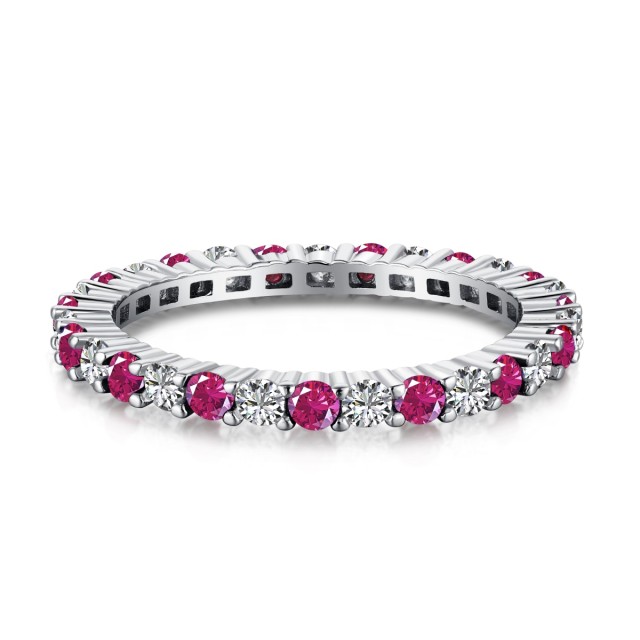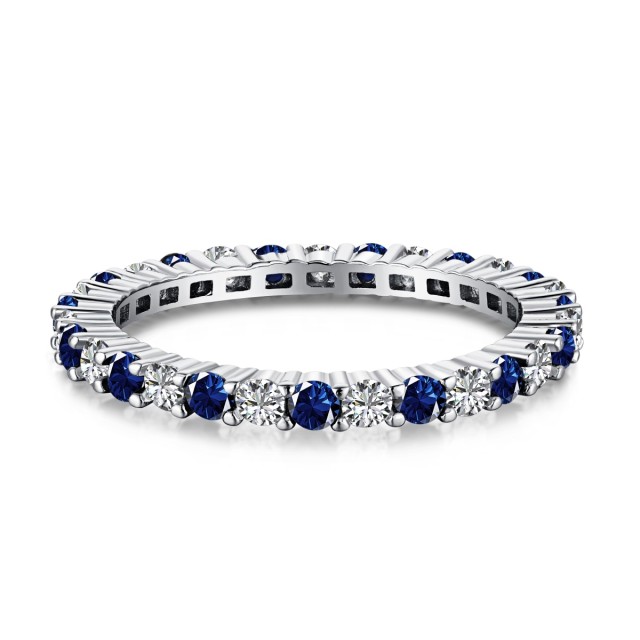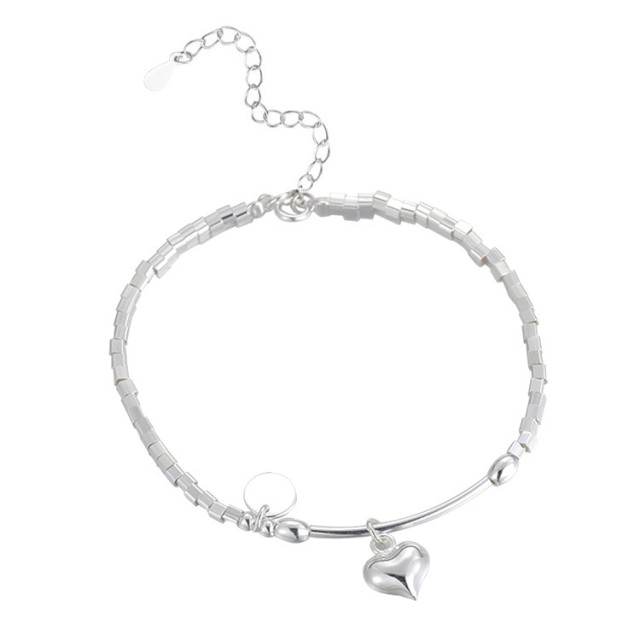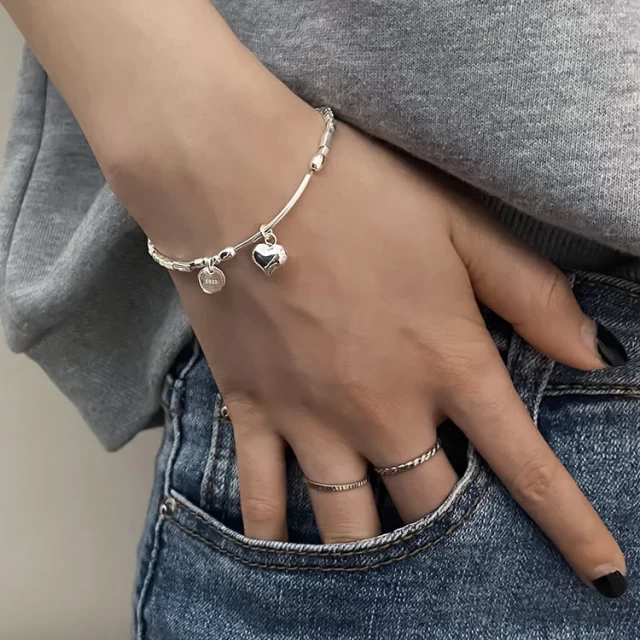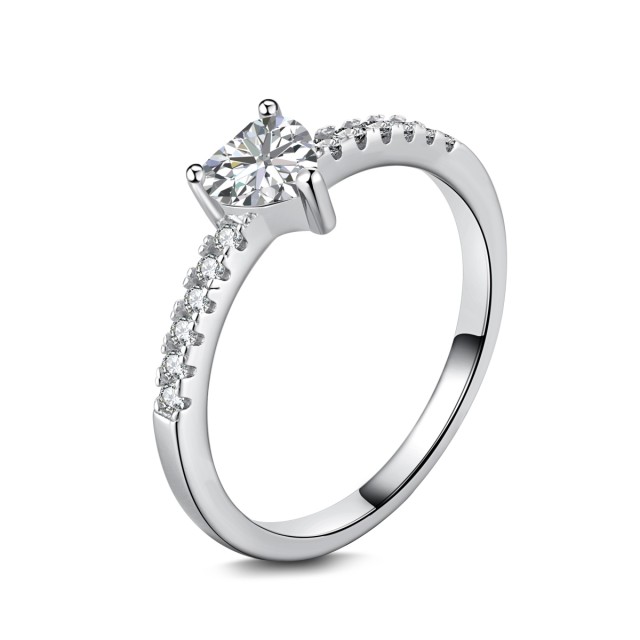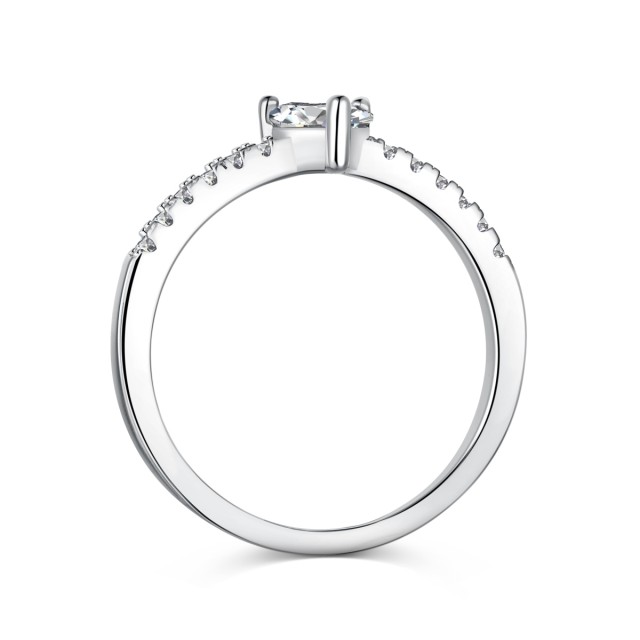What is Ring Setting
Ring setting refers to the way the gemstones or diamonds are attached and mounted on a ring. It is an important aspect that determines how securely the stones are held in place and their overall appearance. There are many different types of ring settings, each with their own unique characteristics. Some factors to consider when choosing a ring setting include the stone shape, metal color, desired security, and overall styling. In this article, we will explore the most popular ring setting types and their key features.
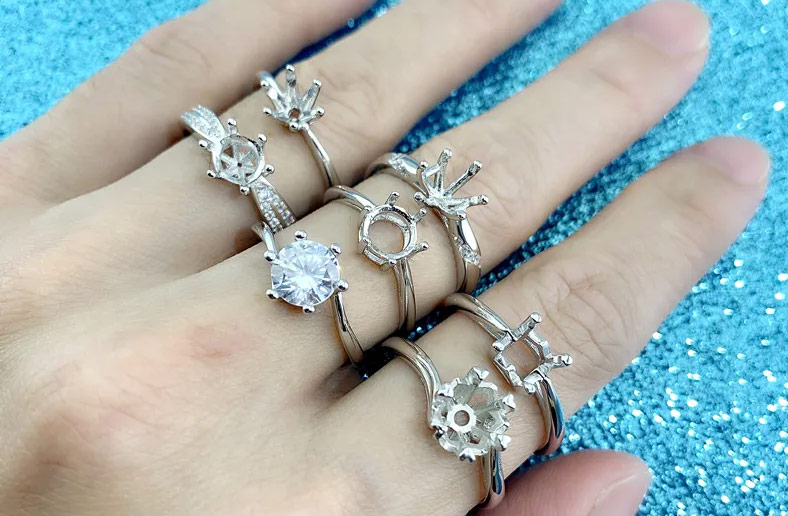
Prong Setting
The classic prong setting is one of the most common ring settings. It uses metal prongs or claws to hold the stone in place by gripping it from the side and top. Typically, 4 or 6 prongs are used for a round brilliant cut diamond. The prong setting allows maximum light to enter the stone, showing off the sparkle and brilliance. It offers a good balance between security and visibility of the gem. However, the prongs may get caught on clothing and fragile stones can be prone to chipping if knocked.
Bezel Setting
A bezel setting fully encircles the gemstone with a thin metal rim. The metal wraps the stone tightly like a picture frame. Bezel settings offer great protection and are very secure, making them a popular choice for active lifestyles. The continuous band of metal gives a modern, sleek look. However, the metal rim covers the edges of the stone, reducing light exposure and making the gem appear slightly smaller.
Channel Setting
Channel settings feature diamonds or gems set side-by-side, held in place by the metal ridges between each stone. This gives a gorgeous illusion of continuous diamonds encircling the band. The settings are very secure yet still display the stones prominently. They do require matching stones of the same size and shape. Channel setting pairs well with both princess and baguette cut diamonds.
Pave Setting
A pave setting has small diamonds closely set together, paved tightly against each other. Tiny prongs or beads hold each diamond in place to create a cohesive sparkling surface. The dazzling effect of pave is beautiful and opulent. However, the small prongs can be prone to catching and loosening over time. Professionally check pave set rings regularly to maintain the settings.
Tension Setting
A tension setting uses the natural tension of the precious metal band to suspend and grip the diamond. The diamond appears to float or suspend elegantly between the two sides of the band. This modern setting allows light to reflect off the diamond from all angles for exceptional brilliance. The tension setting requires high quality diamond cuts and hand craftsmanship to balance the suspension perfectly.
When selecting a ring setting, first consider the stone shape and jewelry style you prefer. The staple prong setting offers timeless beauty, while bezel and channel settings are bolder and more modern. For added sparkle, explore pave or cluster set rings. Tension settings provide a unique floating diamond look. Understanding the options helps find the ideal ring setting to match personal taste, lifestyle and the chosen gemstone or diamond cut.

